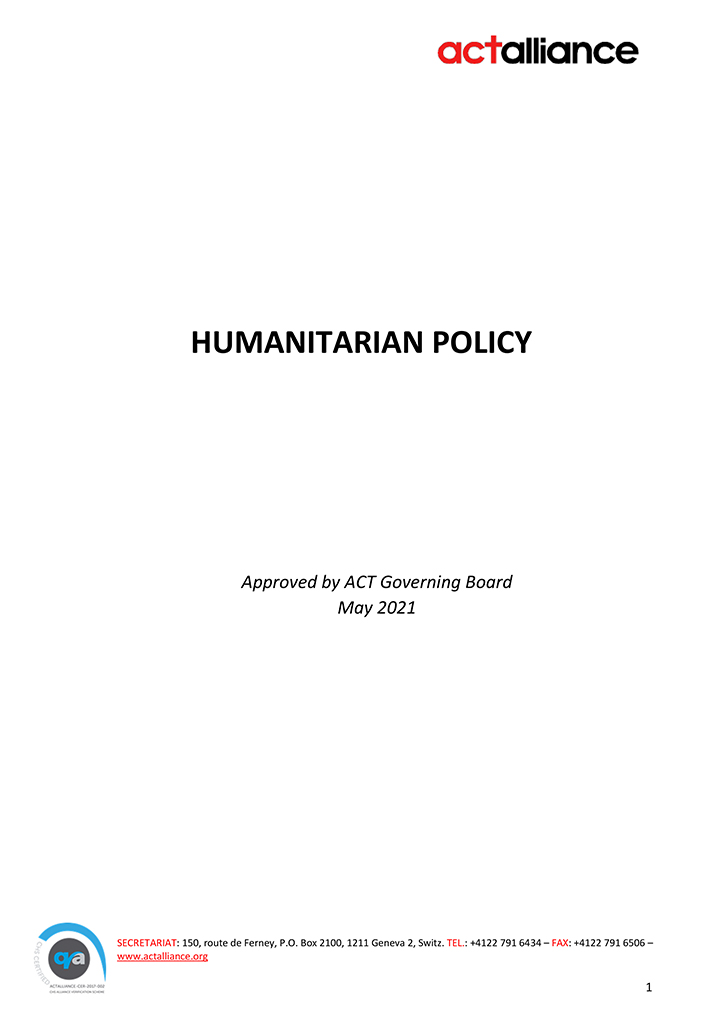MozambiqueHeavy rains caused by powerful tropical Cyclone Idai hit the central and northern regions of Mozambique on 14th March 2019, leading to massive floods and leaving more than hundreds of people dead and hundreds of thousands affected. The cyclone then barreled on to southern Malawi and eastern Zimbabwe. The death toll has continued to rise with current figures putting the death toll to 518 in Mozambique alone. The situation is likely to deteriorate as forecasts predict heavy rainfall in Sofala and Manica provinces and at least 350,000 people are at risk (OCHA Flash Update, 19 March). Most of the affected population are in the provinces of Zambezia and Sofala.Zimbabwe The flooding caused by the Tropical Cyclone Idai weather system since 15 March 2019 continues to cause destruction in Zimbabwe, although rains have begun to dissipate in Manicaland and Masvingo provinces. At least 415 deaths and over 200 injuries have been officially reported, mainly in Chimanimani and Chipinge, and at least 217 people are reportedly still missing. These figures are expected to rise in the days ahead as the full extent of the damage and loss of life becomes known. At least 16 000 homes have been destroyed in Chimanimani, Mutasa, Mutare, Chipinge, Buhera, Chikomba, Gutu and Bikita districts and family members displaced. In Chimanimani alone, eight bridges have been destroyed. In Buhera, the Marowanyati dam has overflowed and many families are displaced. People living along the Mwerahari River have been advised to be on high alert. The Tongogara refugee camp in Chipinge has been affected by flooding, and 49 households have been relocated within the camp.MalawiMore than 922,900 people have been affected by Tropical Cyclone Idai on 5 March 2019, including more than 75,900 displaced, with 56 deaths and 577 injuries reported by the Government of Malawi. The heavy and persistent rain led to severe flooding across some districts in southern Malawi. Fourteen districts have been impacted. Nsanje (18,000 households), Chikwawa (16,000 households) and Phalombe (22,848households) recorded the highest number of displaced persons. Nsanje district recorded the 17,400 people or 3,867 households IDPs. Phalombe recorded 22,848 households (102,816 people) affected and 1,228households (5,526) people displaced. In 2015, Malawi was also affected by floods with close to 147,000 people were in IDP centres with an estimated 26,000 IDPs located outside centres/in hard to reach areas. The same districts, Nsanje, Chikwawa, Phalombe and Zomba were the most affected.The three ACT Forums have long presence in the response countries and had been actively responding and closely coordinating amongst members since. The Forum builds on decades of ACT Alliance members’ experience in the region in providing humanitarian response to all people in need, without discrimination. ACT members will continue to work collaboratively in the countries as well as in coordination between the 3 forums to ensure maximum benefits and coordination. The responding members of the forums have extensive knowledge and experience in responding to emergency situations, and responses in the sectors such WASH, Protection and Psychosocial support, health and nutrition, CASH, livelihood and early recovery.Appeals_Mozambique_Malawi_Zimbabwe_Cyclone Idai-SAF191







 By October 12, 2018 the exodus from Central America to the United States has grown in complexity and continues to pose grave risks for the people on move, coming mainly from the north triangle (Honduras, Guatemala and El Salvador) to reach the Mexican-USA border, to seek asylum due to social and political violence, drought and lack of economic opportunities given the high inequity and poverty in their countries. People on the move are growing in number, and the threat for their lives and properties have become severe brought on by gangs and traffickers. The situation at each border, Guatemala, Mexico or USA, is more challenging due to the tightening of border control measures (e.g. at the Honduras-Mexico border), leading to cases of mass refoulement (migrants returned in huge numbers). For those that entered the United States are usually caught by border patrols and children are from their parents and sent to detention camps without any specific plans for reunification.The purpose of this appeal is to initiate a humanitarian component to help meet the needs of people on the move, to promote legislation and policies that are in accordance with states’ human rights obligations, transparent, and to solicit the support from international community through the pertinent bodies of the United Nations. In addition, this measure seeks to guarantee the safety and physical integrity of migrants, especially minors, the elderly and women, and to prevent people from being deceived by international criminal organizations engaged in migrant smuggling, which endangers their lives, trying to have the families together and communicated. In this context, collecting information about rights violations, and providing evidence of CSO activities will be crucial for influencing a rights-based implementation of the Global Compacts for Migration and on Refugees in Central America and Mexico.ACT Alliance North America members, ELCA, CLWR and CWS, are collaborating with members of the Central
America ACT Alliance Forum, CASM, CEDEPCA, SLS and LWF, for an 18-month humanitarian assistance initiative to assist Central American families and vulnerable individuals who are seeking asylum in the US.
By October 12, 2018 the exodus from Central America to the United States has grown in complexity and continues to pose grave risks for the people on move, coming mainly from the north triangle (Honduras, Guatemala and El Salvador) to reach the Mexican-USA border, to seek asylum due to social and political violence, drought and lack of economic opportunities given the high inequity and poverty in their countries. People on the move are growing in number, and the threat for their lives and properties have become severe brought on by gangs and traffickers. The situation at each border, Guatemala, Mexico or USA, is more challenging due to the tightening of border control measures (e.g. at the Honduras-Mexico border), leading to cases of mass refoulement (migrants returned in huge numbers). For those that entered the United States are usually caught by border patrols and children are from their parents and sent to detention camps without any specific plans for reunification.The purpose of this appeal is to initiate a humanitarian component to help meet the needs of people on the move, to promote legislation and policies that are in accordance with states’ human rights obligations, transparent, and to solicit the support from international community through the pertinent bodies of the United Nations. In addition, this measure seeks to guarantee the safety and physical integrity of migrants, especially minors, the elderly and women, and to prevent people from being deceived by international criminal organizations engaged in migrant smuggling, which endangers their lives, trying to have the families together and communicated. In this context, collecting information about rights violations, and providing evidence of CSO activities will be crucial for influencing a rights-based implementation of the Global Compacts for Migration and on Refugees in Central America and Mexico.ACT Alliance North America members, ELCA, CLWR and CWS, are collaborating with members of the Central
America ACT Alliance Forum, CASM, CEDEPCA, SLS and LWF, for an 18-month humanitarian assistance initiative to assist Central American families and vulnerable individuals who are seeking asylum in the US.



